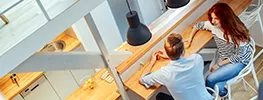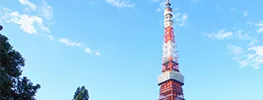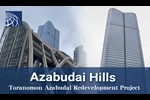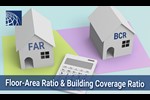Restoration and cleaning fee when moving out of rental housing in Japan
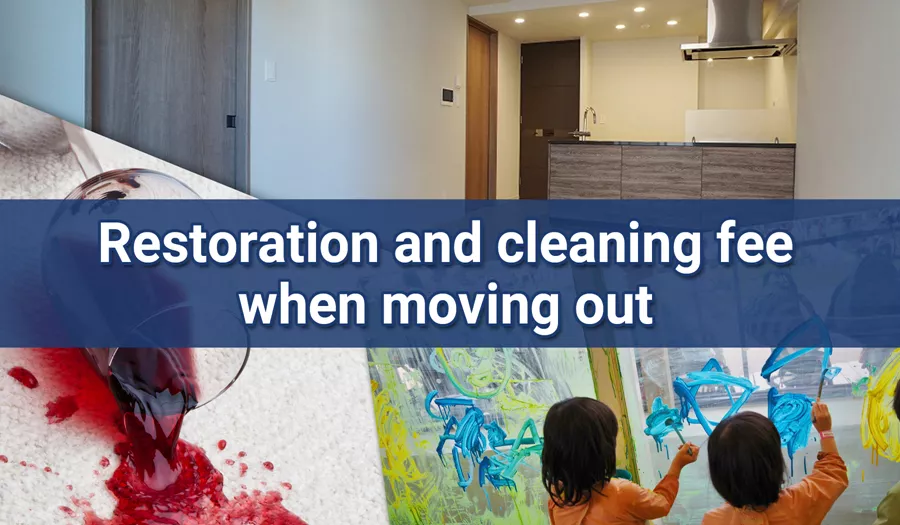
How much of the deposit will be refunded when vacating a rental apartment?
The Lease contracts used when renting housing have a clause defining the restoration requirements for a property when moving out. Most contracts will state that “the lessee shall restore the leased property to it's original condition before moving-out”. Sometimes there may be a disagreement between the lessor and the lessee regarding how much of the restoration expenses the lessee will have to pay. To avoid such disputes the “Ministry of Land, Infrastructure, Transport and Tourism” provides guidelines detailing how restoration expenses will be allocated between the lessor and the lessee. In general, restoration expenses are calculated in accordance with the previously mentioned guidelines.
During the period of a lease contract a tenant will be held responsible for damages to the property such as scratches, stains, or any other damage to the leased property caused whether intentional or accidental. Under the Japanese Law, the lessee must use the leased property carefully and using commonsense as if they were the manager of the property.
>> Benefits of Hiring a Housekeeper When Moving
Below we will cover the circumstances, damages, and which repair expenses each party is responsible for.
What is restoration?
The guidelines set forth define restoration as “the state of (a property) being restored to its original (good) condition from when the property was leased. Damages requiring repair are due to wear and tear damage, caused willfully or negligently by the lessee, either due to the lessee's breach of the duty of care, or by any other use made by the lessee beyond the normal use”. The guideline also states that any damages caused by the lessee requiring restoration shall be paid by the lessee.
For example:
・ Wall or ceiling surface on which cigarette tar has been adhered
・ Carpet or floor stains such as those caused by a spilled drink
・ Scratches caused during the move-in or move-out process
・ Greasy dirt in the kitchen or mold in the rooms caused as a result of neglecting to clean them
・ Nail or screw holes that require the replacing of dry wall
・ Mold or stains caused as a result of neglecting dew condensation
・ Scratches on the pillars or odor in the rooms caused by having pets
(Many lease contacts which are allow having a pet may require to add 1 month deposit when move-in, and to depreciate the full amount of the deposit when move-out.)
> Can You Drill Holes in Your Rented Apartment Walls?
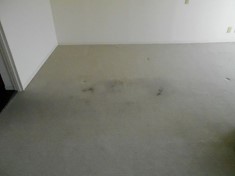
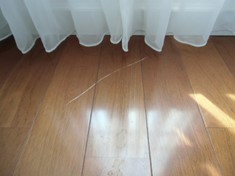
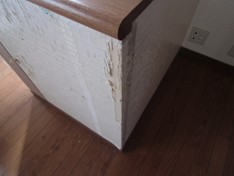
The guidelines also explain that repair expenses related to damages, such as age deterioration or wear and tear of the leased property as a result of the normal use, are covered by the monthly rent.
For example:
・ Yellow tint or discoloration of wooden floors or wall paper caused by sunlight
・ Discoloration of walls caused by hanging a poster
・ Dents or marks on the floors from the placing of heavy furniture
・ Darkening of the wall paper near a TV or refrigerator (Thermal burn)
Including the examples above, scratches, damages, natural wear and tear, deterioration from normal use, and aging of the leased property shall be the lessor’s responsibility.

- Furnished Monthly Apartments in Tokyo for Expats
- Fully furnished short-term rentals in Tokyo's expat areas
Considering the length of residence
The guideline state that the longer a lessee resides in a leased property, the less responsible for restoration expenses they will be. This includes damages to the property that the lessee is responsible for repairing such as wear and tear or damage caused willfully or negligently by the lessee. This is based on the idea that “the value of the property decreases as the time goes by”. For example the amount of the lessee’s expenses responsible for replacing wall paper, flooring, and carpet will decrease (at a rate of approx. 16% per year from 100% in the renovation year).

Special agreement on cleaning expenses
The guidelines state that the lessor shall be responsible for basic cleaning expenses provided by a professional service provider. However, it is very common that a lease contract will stipulate that its the lessor's right to deduct such cleaning expenses from the security deposit when lessee moves out.
Commonly estimated cleaning expenses: 1,000 – 2,000JPY per 1㎡ + tax
Move out inspection & Procedure of settling the security deposit
Generally, when a lessee moves in, a real estate agent will act as a witness and fill in a damage checklist form describing existing scratches and dirt of present in the leased property. Once filled in both the lessor and lessee will sign the damage checklist. When a lessee moves out, the lessor, the lessee, and the real estate agent (who will act as a witness) will confirm which scratches and dirt were caused after the lessee’s move in by comparing them to the damage checklist filled out when they moved in. After everything has been checked, a renovation service provider, assigned by the lessor, will submit an estimate for the restoration work required to restore the property to its original condition. Based on the estimated cost, the lessor’s and the lessee’s allocation of the total restoration expenses while taking into account aforementioned consideration regarding the lessee’s length of residence.
To prevent a trouble
It is very important that both the lessor and lessee should confirm the condition of the leased property, such as the existence of wear and tear or damage when the lessee moves in and out of the property. Both parties should confirm the conditions stated on the lease contract, including the requirements about restoration, and should go into conclusion of the contract only after both parties have a thorough understanding of them.

- Guide to Renting Property in Japan
- This guide covers everything you to know about renting an apartment in Japan.

- Apartments & Houses for Sale in Tokyo
- Listings of apartments, condominiums, and houses available for purchase in Tokyo.



